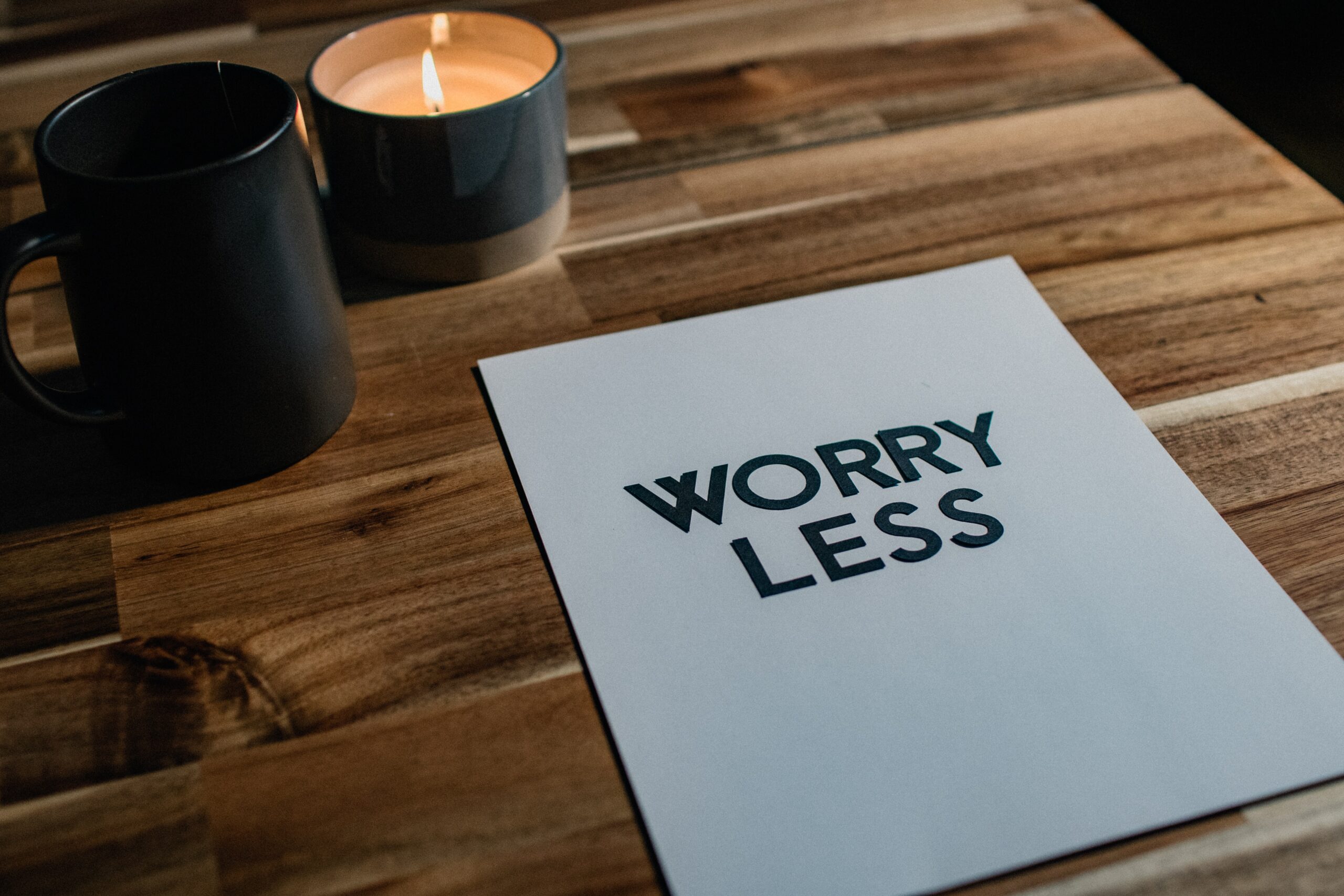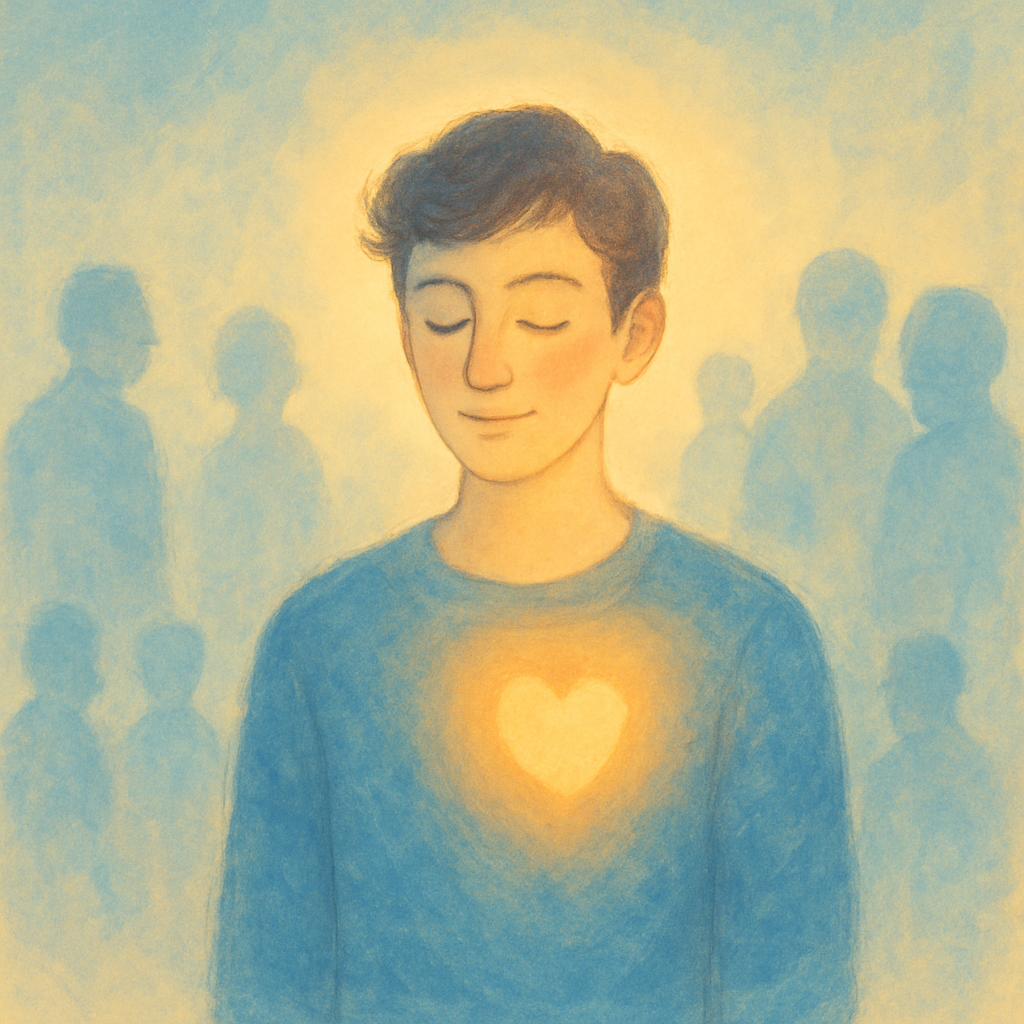Panic Attacks: Understanding What They Can’t Do to You
In an era filled with misconceptions about panic attacks, it’s crucial to demystify the fears and understand the realities of what these intense experiences cannot do to you. This article sheds light on common myths, offering insights and reassurance about the actual impact of panic attacks on your mind and body.
SENSITIVE MENTAL HEALTH TOPIC
This article includes topics that may be distressing to some readers. In covering panic attacks and panic disorder, we also touch on anxiety, physical symptoms and negative feelings.
Please proceed with care. Remember: your well-being comes first.
Let’s delve into these misconceptions and unravel the truths behind them, starting with a closer look at some common fears associated with panic attacks.
Faint
While fainting arises from a drop in blood pressure, panic attacks typically cause an increase in blood pressure.
This makes fainting during a panic attack highly unlikely.
Lose Control
Panic attacks might make you feel momentarily powerless, but your actions continue to reflect
your ability to maintain control, even in the grip of intense anxiety.
Go crazy
It’s a common fear, but rest assured, panic attacks do not lead to losing one’s sanity.
The intense feelings are temporary and do not equate to going crazy.
Die
The chest pain experienced during a panic attack can be scary, but it’s not a heart attack.
This discomfort is usually due to muscle tension from your body’s natural response to stress.
Suffocate
That tightness in your chest is unsettling, but it’s not a sign of suffocation.
Shallow breathing during a panic attack might be uncomfortable, but your body is still getting the oxygen it needs.

As we’ve explored, the fears surrounding panic attacks often overshadow the realities.
Remember, truly understanding panic attacks gives us the strength to confront them with knowledge and confidence, lessening the fear and myths surrounding them.





